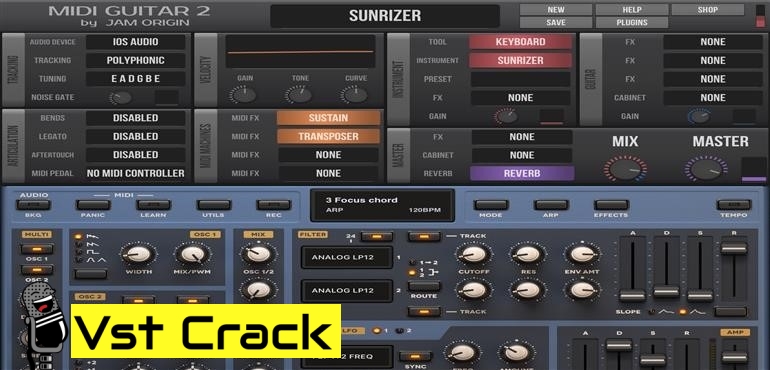

Here are some ideas I’ve developed to tweak my sound and the playability of the setup. This still may seem high and take some getting used to for some.
#Midi jam pro
With proper buffer settings in the DAW of your choice (I’m using a buffer size of 128 samples at 48k/24 bit) the round trip latency is about 6 ms (3ms input + 3ms output) on a MacBook Pro 2.8 GHz Intel Core i7.


#Midi jam software
Instead, the software is optimized through intelligent algorithms that are incredibly effective at tracking direct audio input, specifically from a guitar or bass. The application requires no additional hardware or attachments. Also, I hated the idea of attaching anything to my guitar.Ī few years ago I came across Jam Origin’s MIDI Guitar plugin (which also comes as a standalone application) and was immediately impressed. Although it was novel and fun to play with for a while, due to the many stuck notes, latency and bad tracking, it soon became more trouble than it was worth. It involved a MIDI pickup that needed to be attached to your guitar which plugged into a box that acted as a sound module and interface. My first experience with MIDI guitar was with a Roland MIDI Guitar system I borrowed from a friend sometime in the late 80s (don’t recall the exact model). But a large part of my creative practice includes live guitar performance and processing, so I thought I’d offer some insight on my efforts to create a synergy between these sonic worlds. Most of the articles I’ve written for The Pro Audio Files have been based on synthesis in the analog and digital realms.


 0 kommentar(er)
0 kommentar(er)
